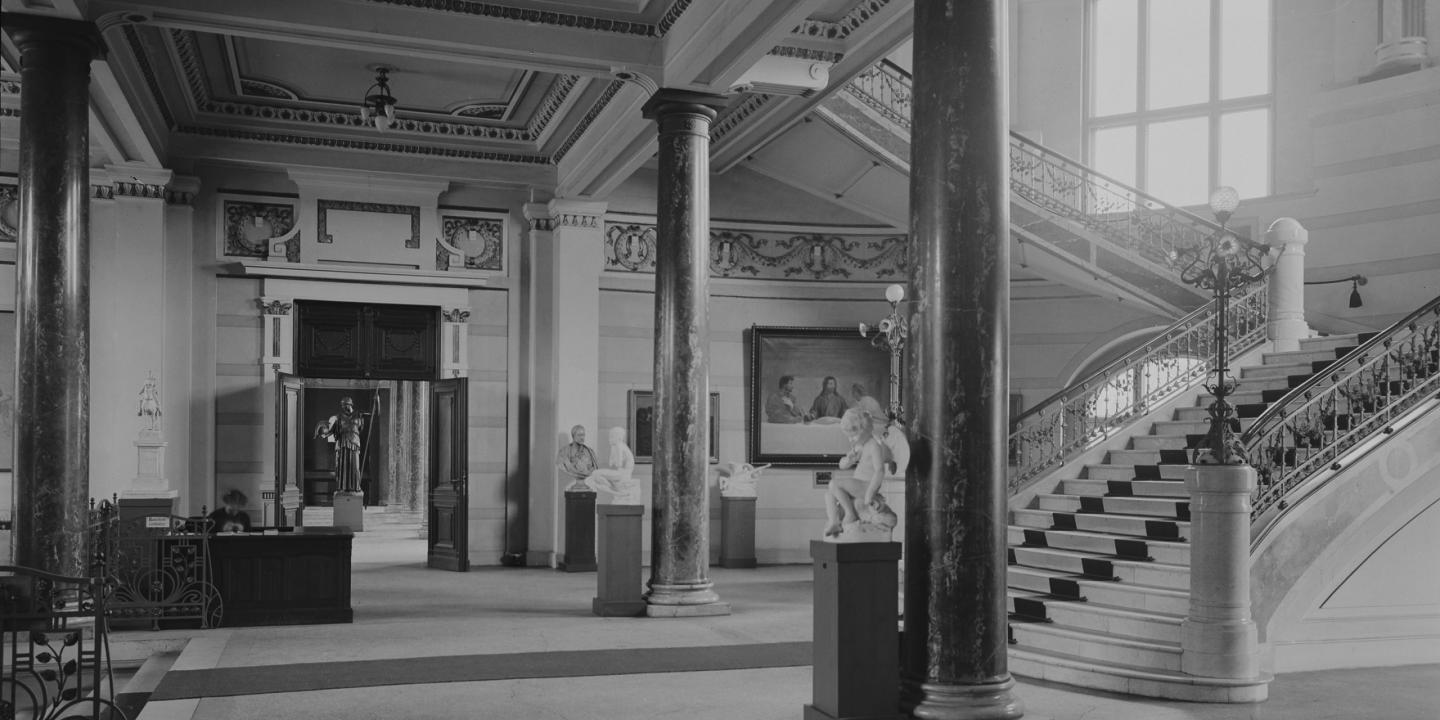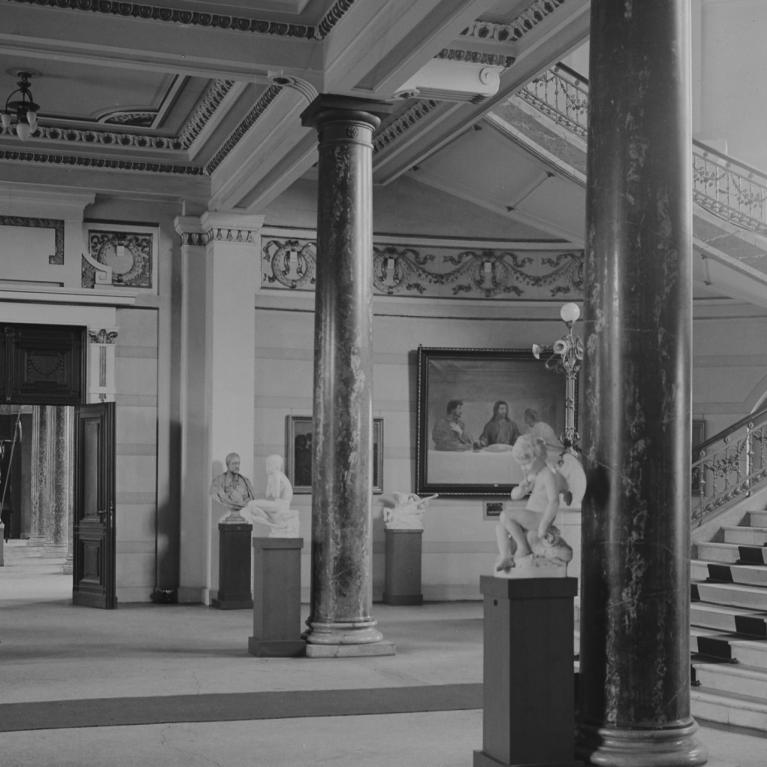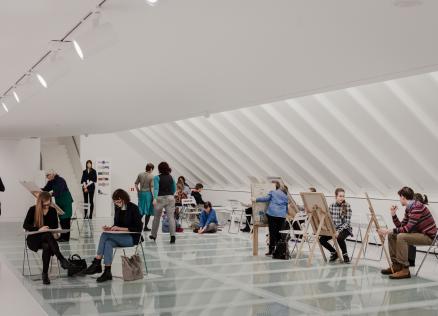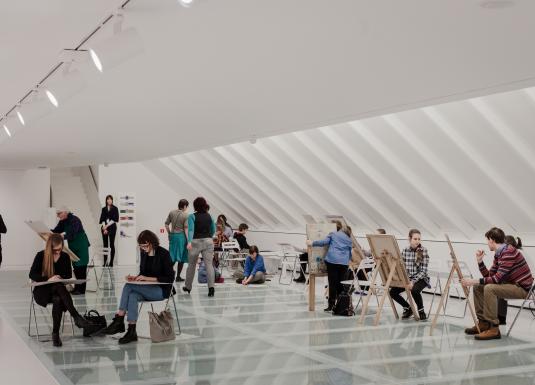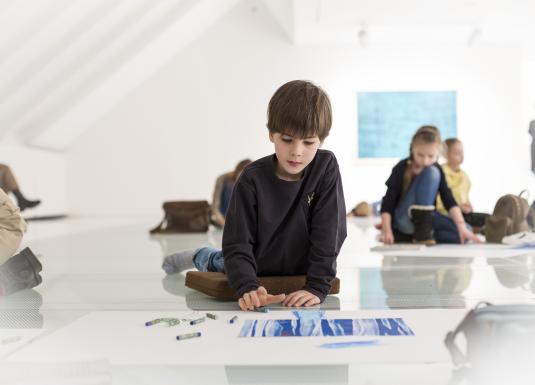19.07.2025. - 09.11.2025.
Latvian National Museum of Art
The New Temple of Art. Riga City Art Museum 1905–1919
From 19 July to 9 November 2025, the exhibition The New Temple of Art. Riga City Art Museum 1905–1919 is presented in the 4th floor exhibition halls of the main building of the Latvian National Museum of Art in Riga (Jaņa Rozentāla laukums 1). The exposition is dedicated to the 120th anniversary of the opening of the museum’s building, and introduces visitors to the early history of the museum and its activities during the tenure of its first director, Wilhelm Neumann.
On 14 September 1905, the Riga City Art Museum was opened on the edge of the Esplanade Square – today known as the main building of the Latvian National Museum of Art (LNMA). It was the first building in the Baltics constructed specifically for the needs of an art museum. Writing about the event the following day, an anonymous author in the Riga newspaper Rigasche Rundschau expressed hope that “the new stately building would be a true center of our artistic life not only externally, but also internally.” Meanwhile, painter Janis Rozentāls, in a multi-part review published in the journal Vērotājs, referred to the newly opened museum and the accompanying Baltic artists’ exhibition as the “new temple of art.”
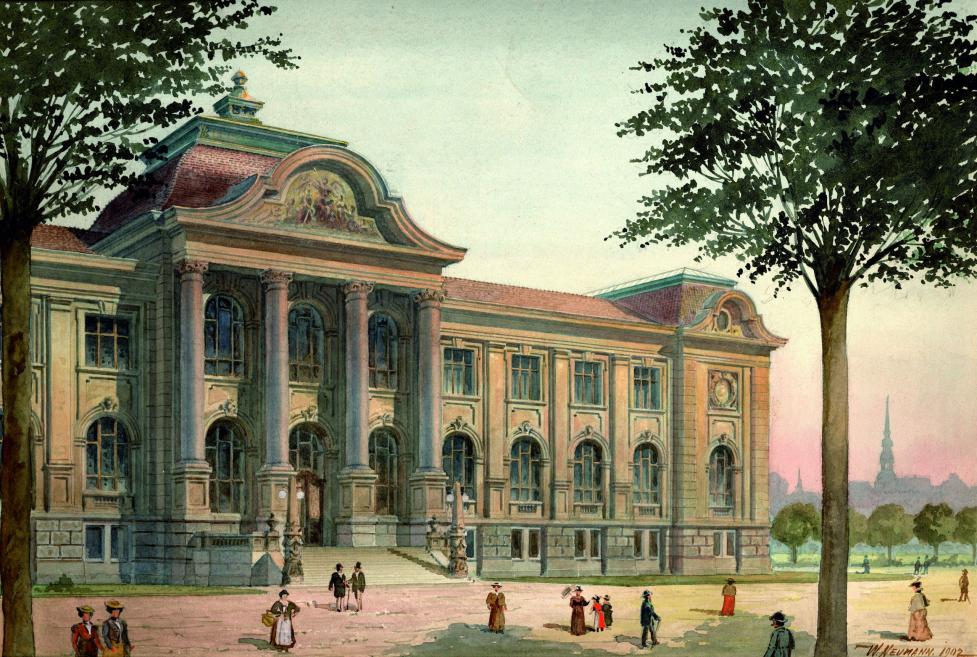
Wilhelm Neumann. Facade sketch of the Riga City Art Museum. 1902. Watercolour on paper. Collection of the Latvian National Museum of Art, Riga. Publicity photo
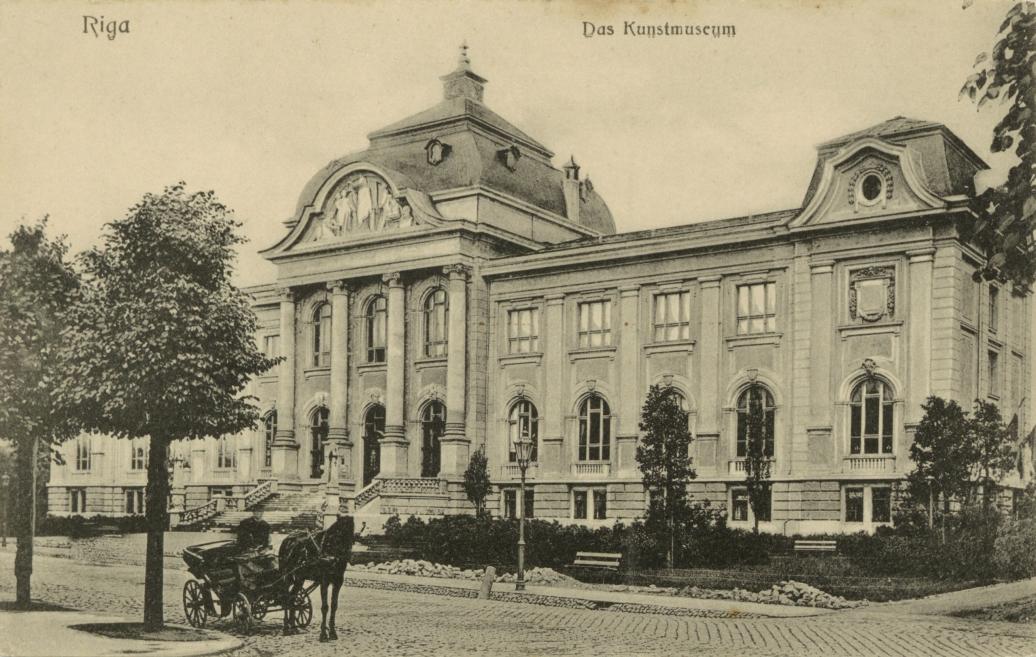
Riga City Art Museum. Postcard. Ca. 1905–1910. Collection of the Latvian National Museum of Art, Riga. Publicity photo
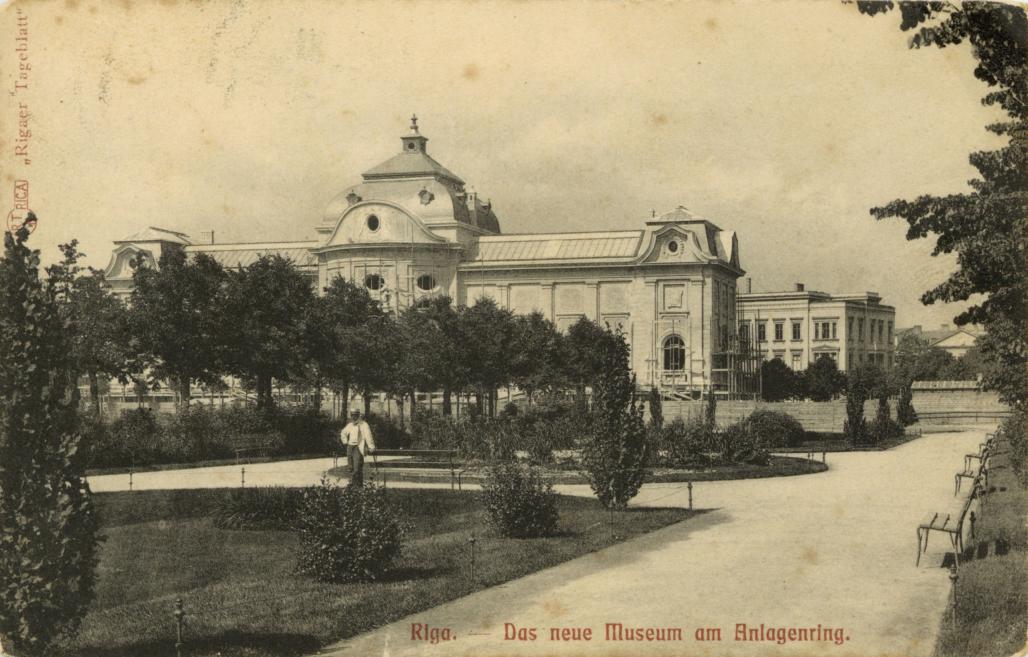
The building of the Riga City Art Museum from the park side. Postcard published by the publishing house Rigaer Tageblatt. Ca. 1905. Collection of the Latvian National Museum of Art, Riga. Publicity photo
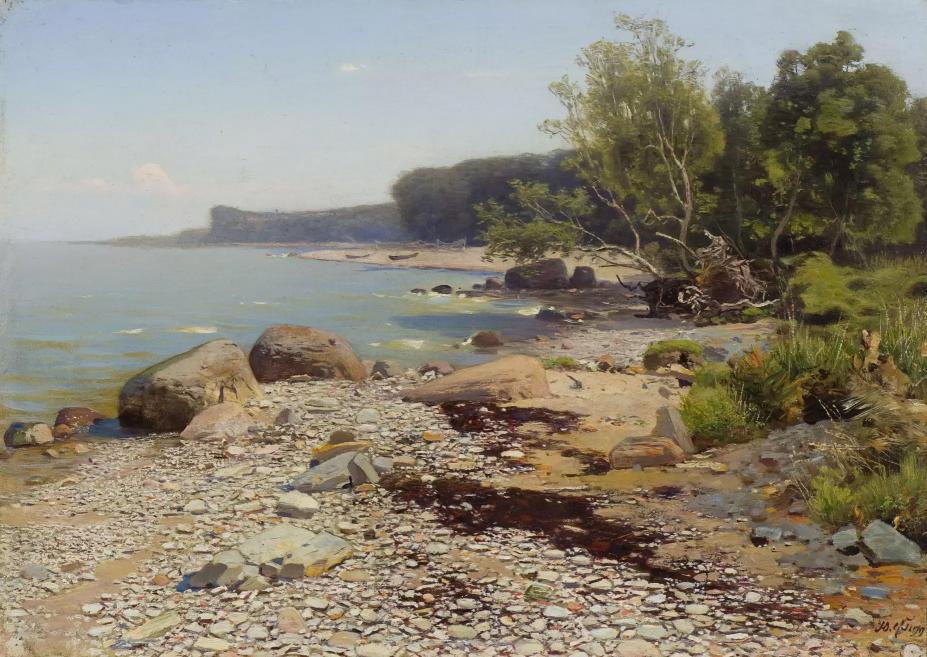
Jūlijs Feders. Seashore near Oru in Estonia. 1901. Oil on canvas. Collection of the Latvian National Museum of Art, Riga. Photo: Normunds Brasliņš
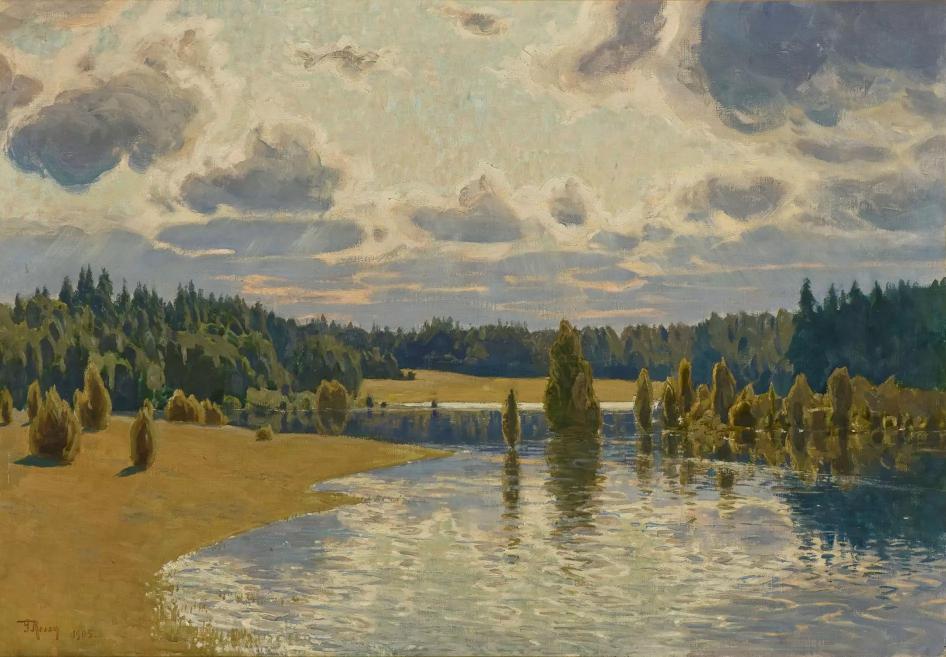
Gerhard von Rosen. Spring Landscape. 1905. Oil on canvas. Collection of the Latvian National Museum of Art, Riga. Photo: Normunds Brasliņš
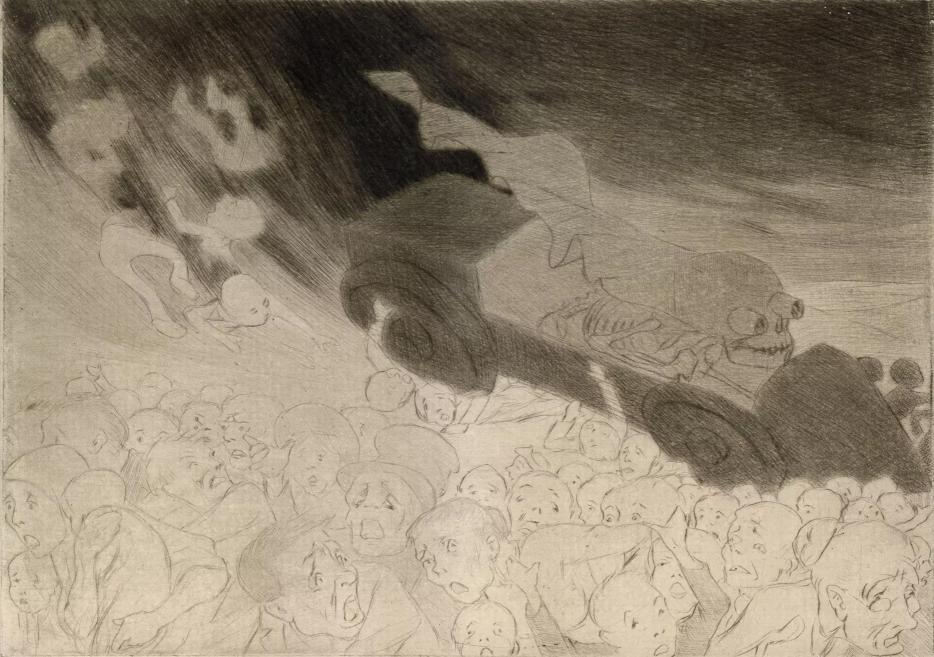
Gerhard Kieseritzky. The Devil of Automobiles. Ca. 1908–1909. Etching on paper. Collection of the Latvian National Museum of Art, Riga. Publicity photo
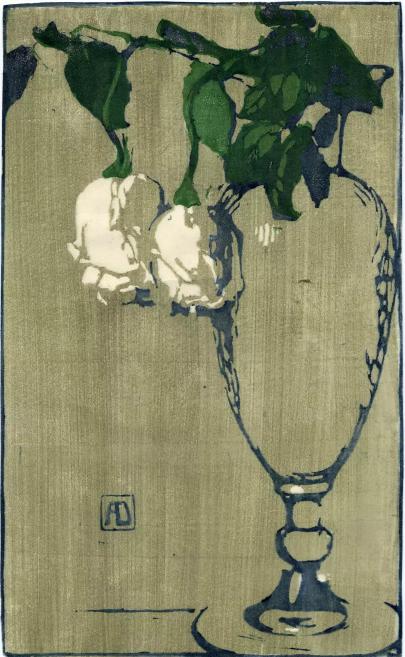
Alice Dmitrijew. White Roses. Not later than 1911. Colour woodcut on paper. Collection of the Latvian National Museum of Art, Riga. Publicity photo
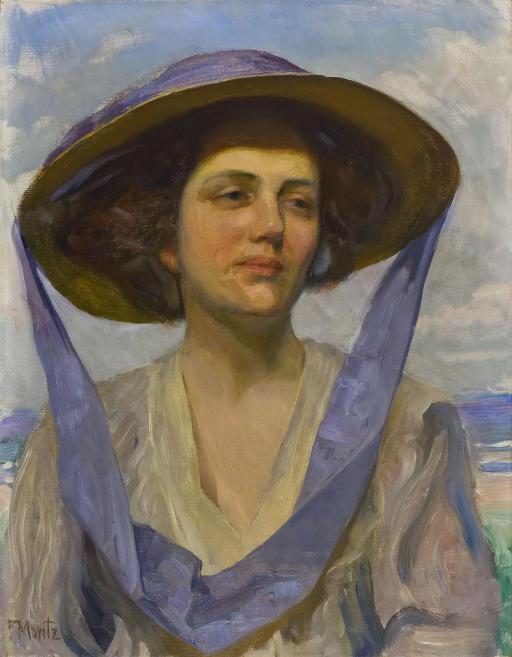
Friedrich Moritz. Lady with a Straw Hat. Not later than 1913. Oil on canvas. Collection of the Latvian National Museum of Art, Riga. Photo: Normunds Brasliņš
The museum building was designed by architect and art historian Wilhelm Neumann (1849–1919), who also served as the first director of the Riga City Art Museum until early 1919, when painter Vilhelms Purvītis took over and a new stage of development began. Although the museum initially was named “Riga City,” its first director had ambitions to operate on a broader scale. This was symbolically reflected in commissioned artworks – six monumental paintings for the upper-floor vestibule by landscape artists Vilhelms Purvītis and Gerhard von Rosen, depicting urban and rural scenes from Vidzeme, Kurzeme, and Estonia.
The Riga City Art Museum was established based on the City Art Gallery, whose collection primarily included samples from various Western European painting schools and very few works by local authors. Therefore, in developing the museum’s collection, Wilhelm Neumann focused on enriching it with works by 19th- and early 20th-century Baltic artists. The museum’s exhibition policy included solo shows of both past generations and internationally active contemporaries, memorial exhibitions for recently deceased masters, larger research-based and to particular historical events dedicated exhibitions, as well as graphic art selections offered by international partners.
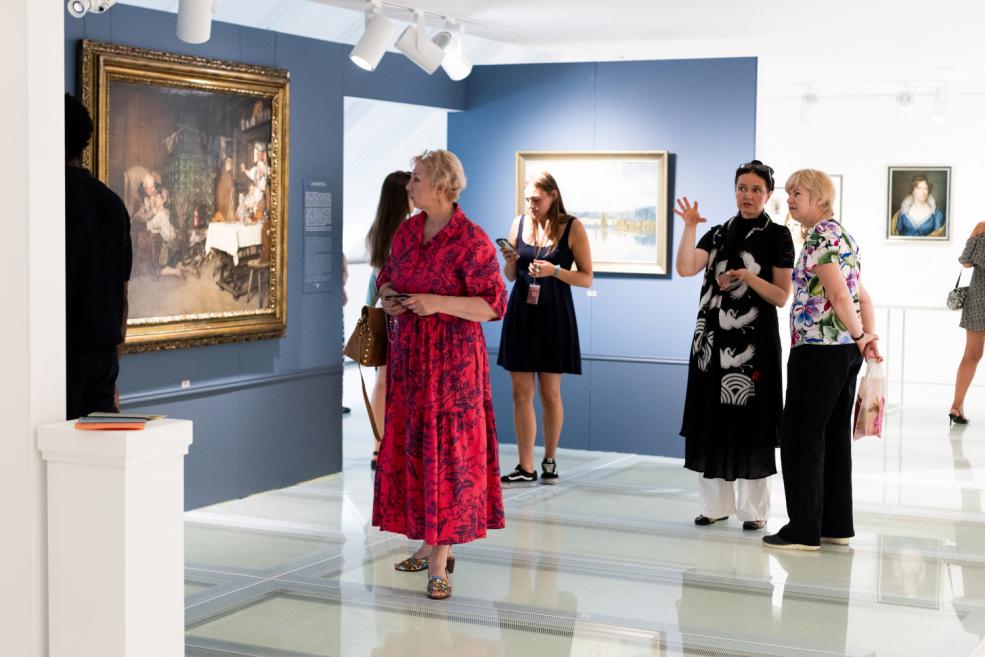
Opening of the exhibition "The New Temple of Art. Riga City Art Museum 1905–1919". Photo: Kristīne Madjare
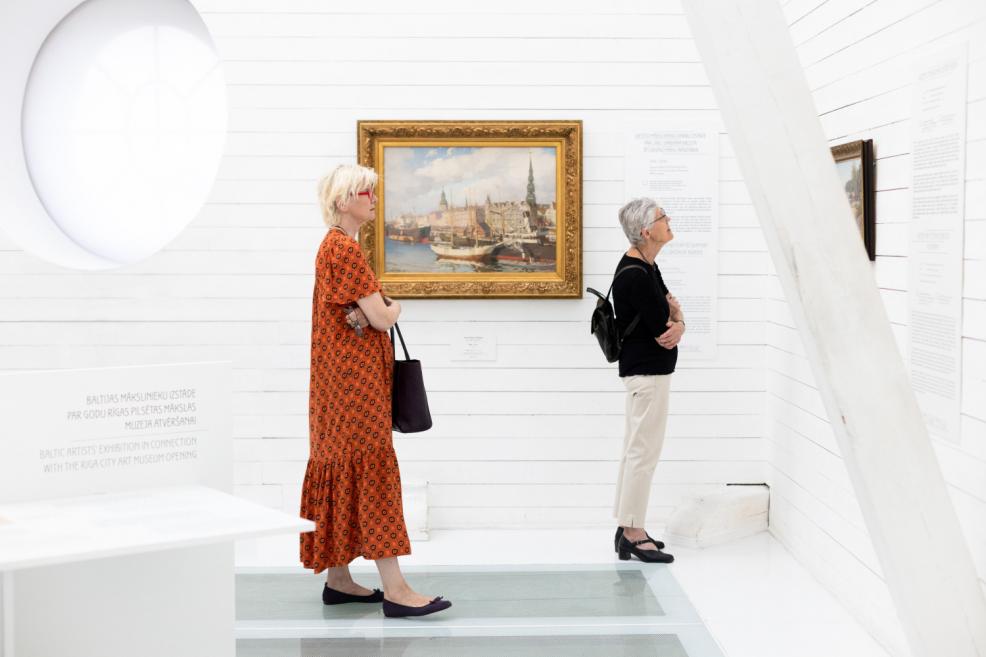
Opening of the exhibition "The New Temple of Art. Riga City Art Museum 1905–1919". Photo: Kristīne Madjare

Opening of the exhibition "The New Temple of Art. Riga City Art Museum 1905–1919". Photo: Kristīne Madjare

Opening of the exhibition "The New Temple of Art. Riga City Art Museum 1905–1919". Photo: Kristīne Madjare
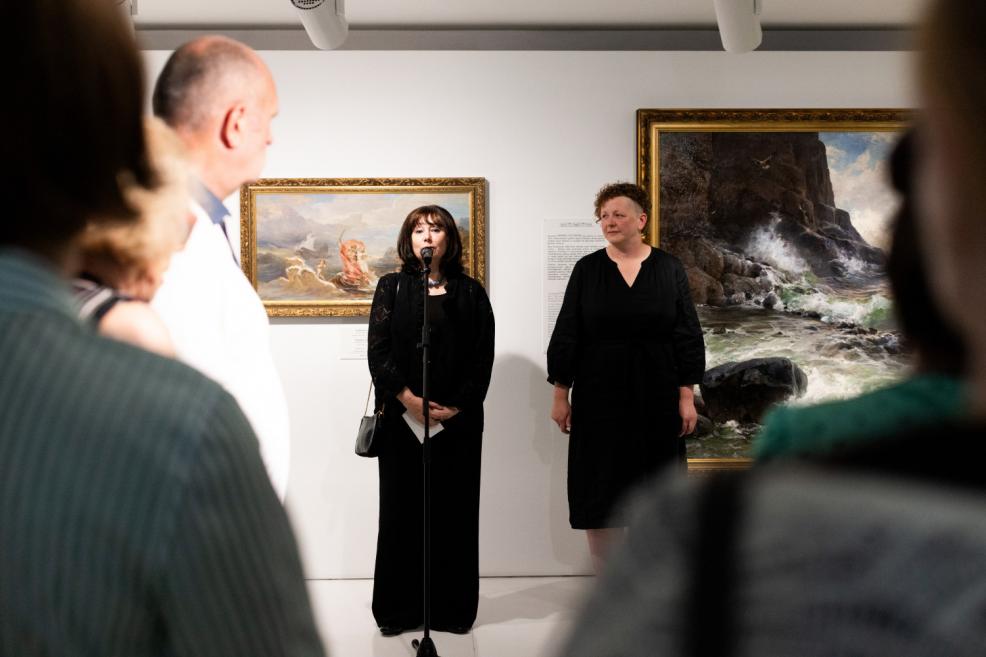
Opening of the exhibition "The New Temple of Art. Riga City Art Museum 1905–1919". Photo: Kristīne Madjare
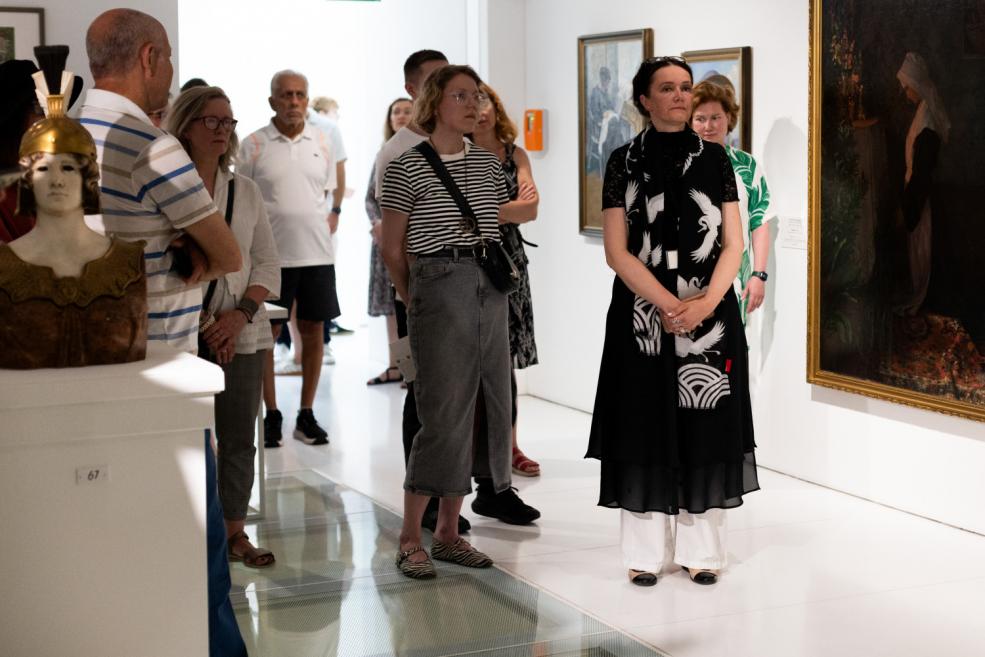
Opening of the exhibition "The New Temple of Art. Riga City Art Museum 1905–1919". Photo: Kristīne Madjare
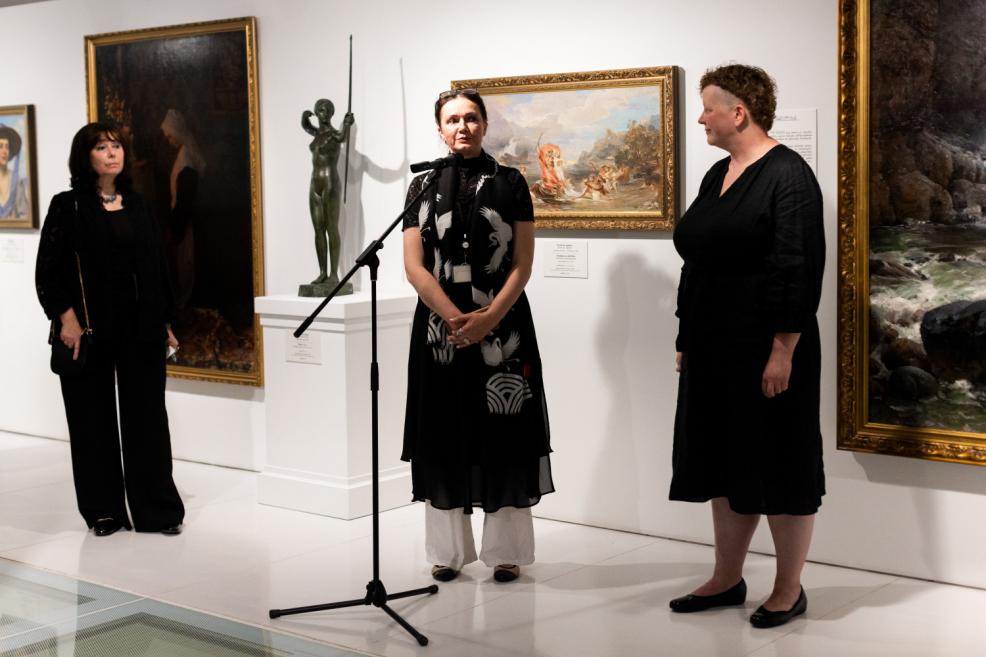
Opening of the exhibition "The New Temple of Art. Riga City Art Museum 1905–1919". Photo: Kristīne Madjare
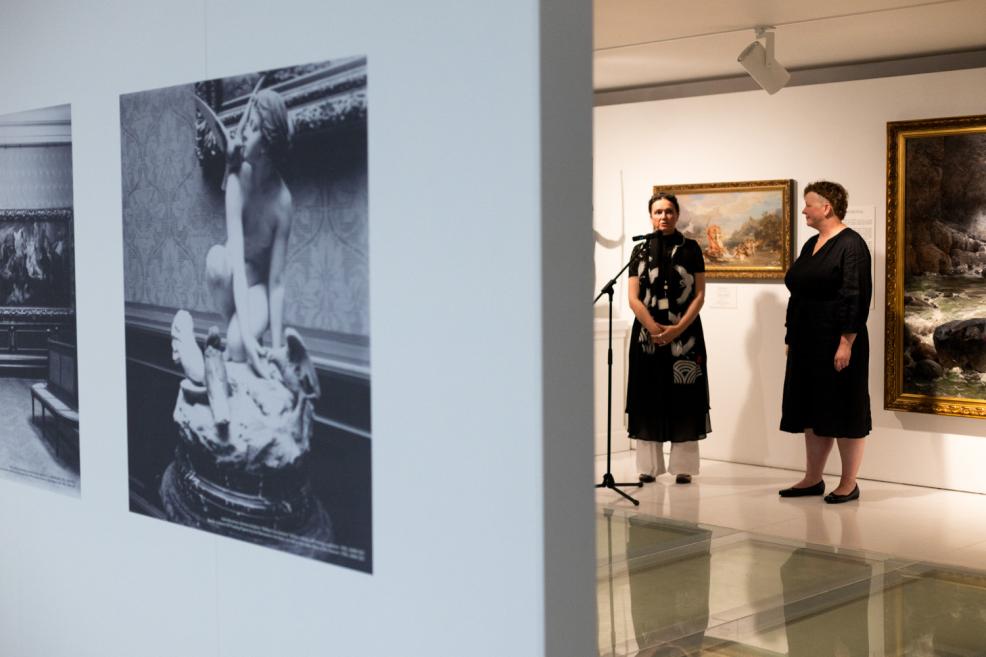
Opening of the exhibition "The New Temple of Art. Riga City Art Museum 1905–1919". Photo: Kristīne Madjare
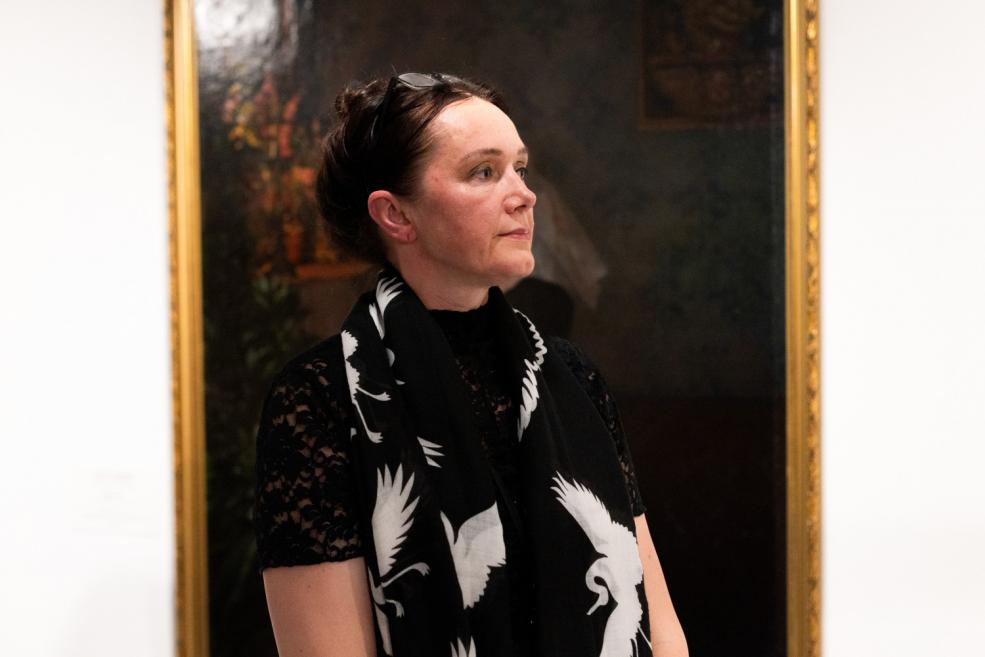
Opening of the exhibition "The New Temple of Art. Riga City Art Museum 1905–1919". Photo: Kristīne Madjare

Opening of the exhibition "The New Temple of Art. Riga City Art Museum 1905–1919". Photo: Kristīne Madjare
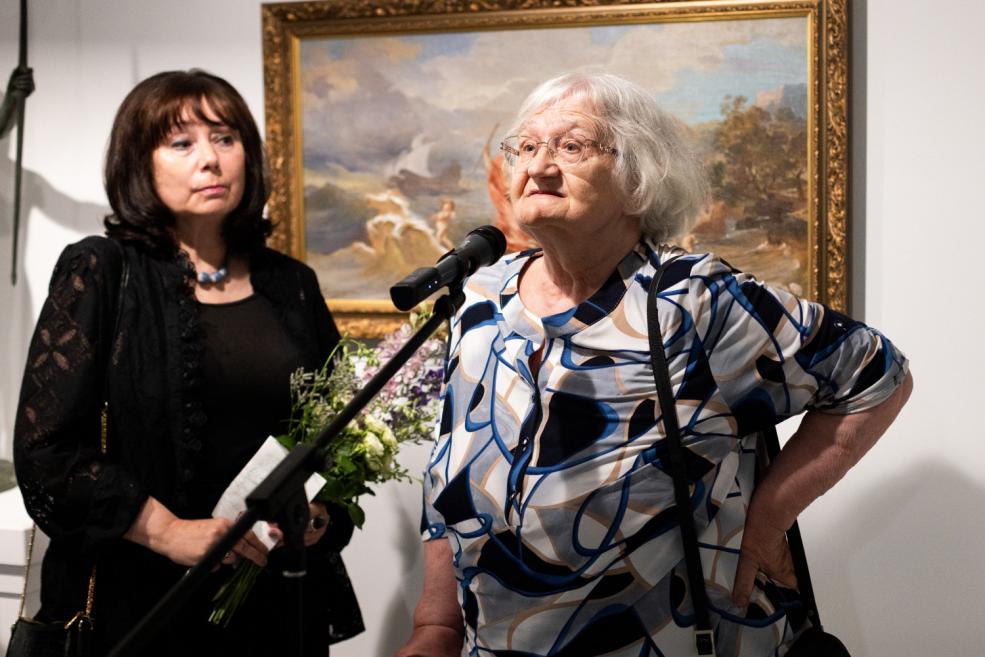
Opening of the exhibition "The New Temple of Art. Riga City Art Museum 1905–1919". Photo: Kristīne Madjare
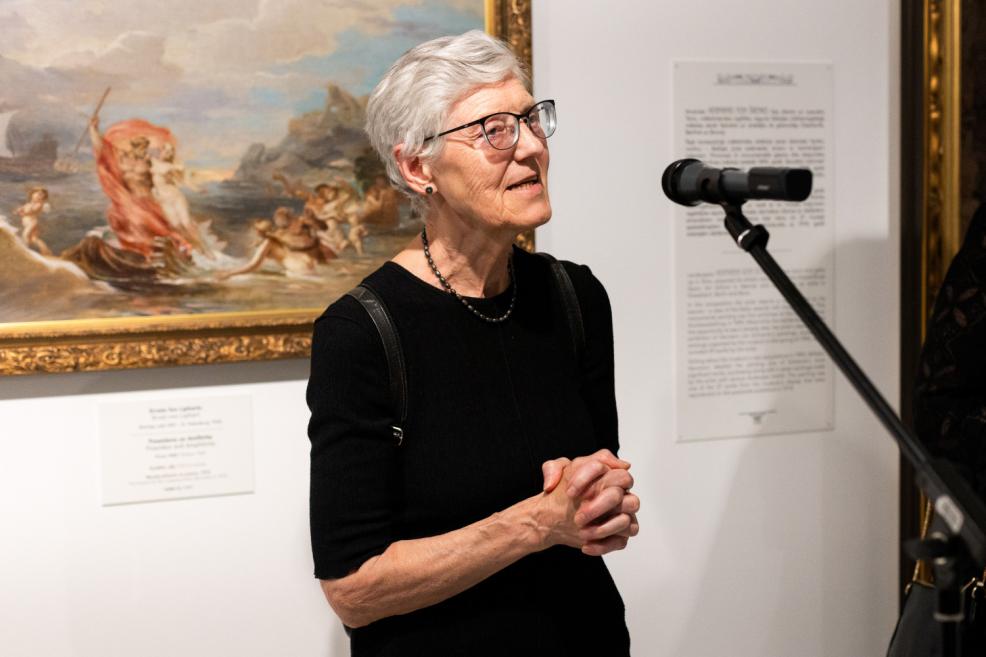
Opening of the exhibition "The New Temple of Art. Riga City Art Museum 1905–1919". Photo: Kristīne Madjare

Opening of the exhibition "The New Temple of Art. Riga City Art Museum 1905–1919". Photo: Kristīne Madjare

Opening of the exhibition "The New Temple of Art. Riga City Art Museum 1905–1919". Photo: Kristīne Madjare

Opening of the exhibition "The New Temple of Art. Riga City Art Museum 1905–1919". Photo: Kristīne Madjare

Opening of the exhibition "The New Temple of Art. Riga City Art Museum 1905–1919". Photo: Kristīne Madjare
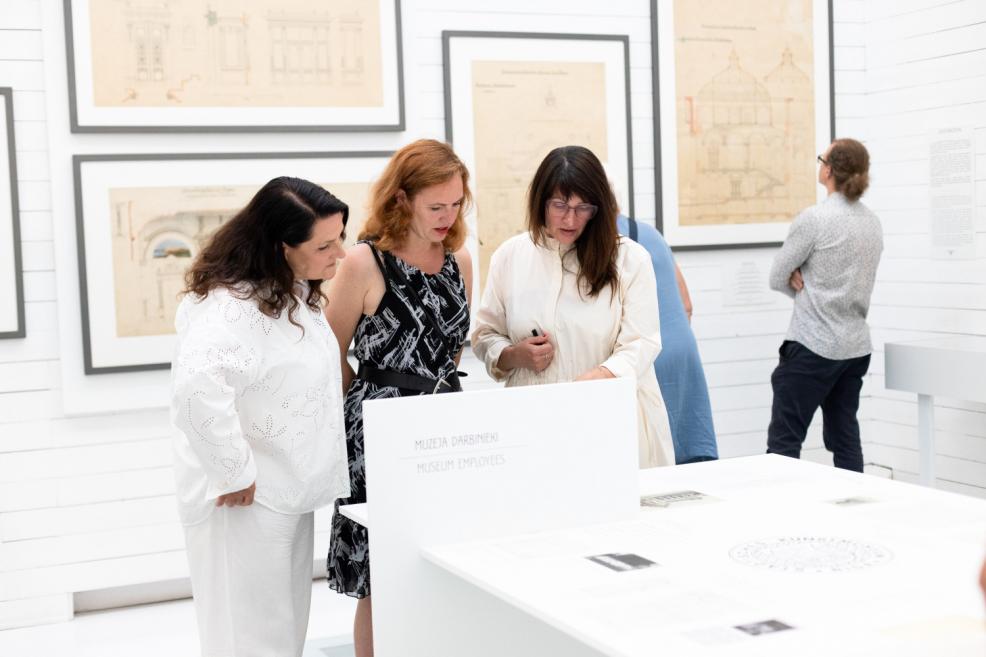
Opening of the exhibition "The New Temple of Art. Riga City Art Museum 1905–1919". Photo: Kristīne Madjare
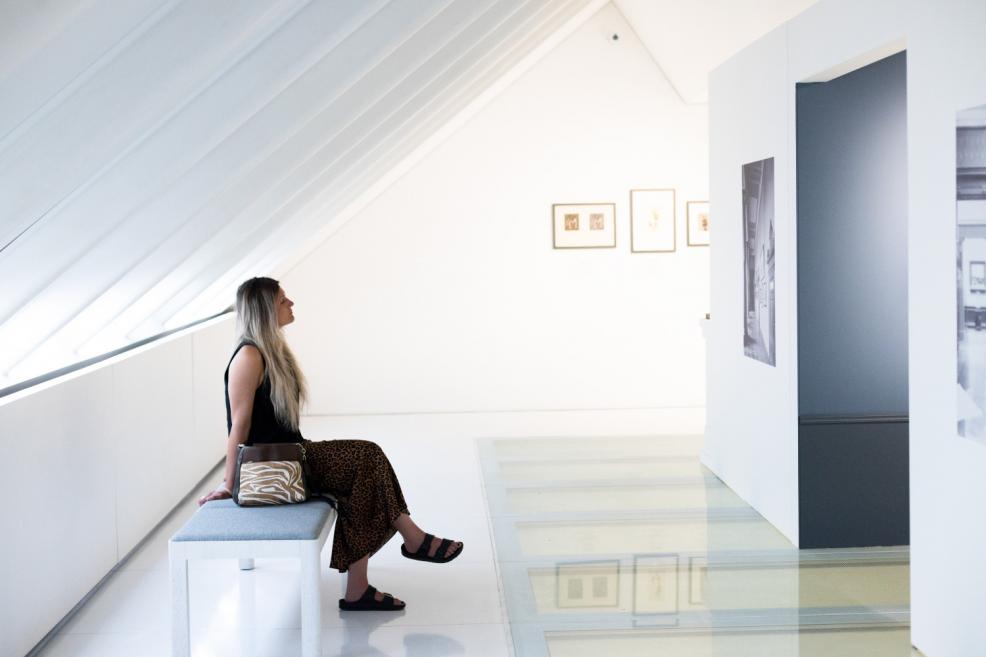
Opening of the exhibition "The New Temple of Art. Riga City Art Museum 1905–1919". Photo: Kristīne Madjare
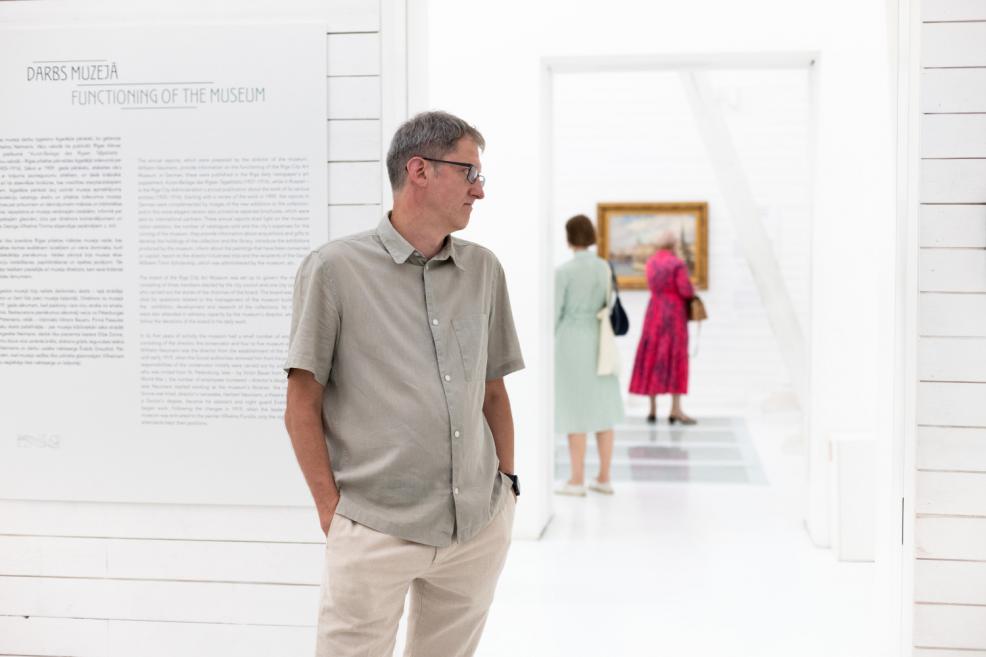
Izstādes "Jaunais mākslas templis" atklāšana. Foto: Kristīne Madjare
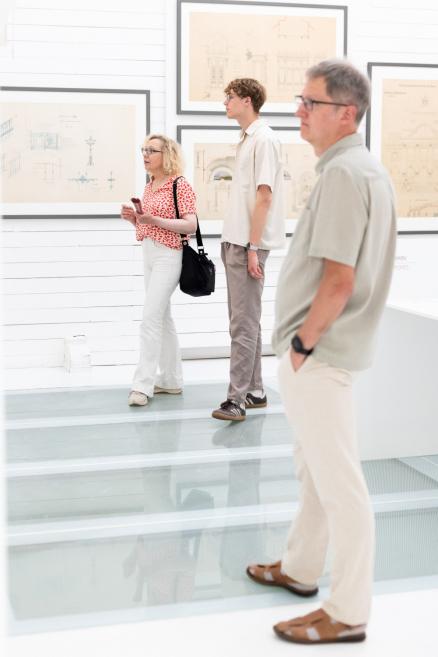
Izstādes "Jaunais mākslas templis" atklāšana. Foto: Kristīne Madjare
This exhibition offers visitors an in-depth look at the building specially constructed for the Riga City Art Museum, its first director and staff, several of the shows held in the museum, and a selection of works by Latvian and Estonian artists that were once displayed together in the museum’s permanent exposition, but are now stored across six different collections of the Latvian National Museum of Art. The exhibition also features Wilhelm Neumann’s sketches of the museum building and its interiors, historical photographs, and various other materials from the LNMA’s Scientific Documentation Centre and Library collection.
Text by Baiba Vanaga
Supporters:


